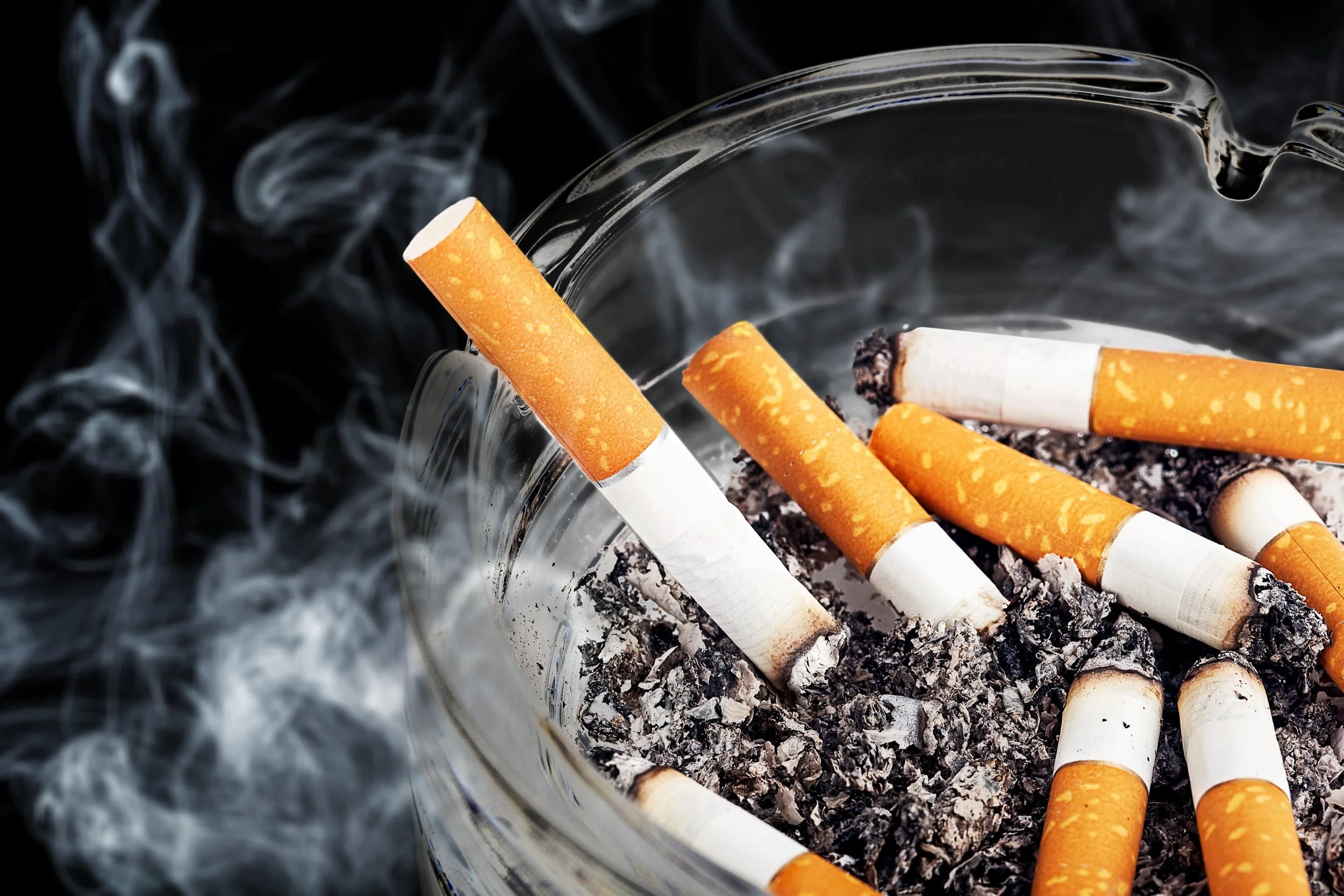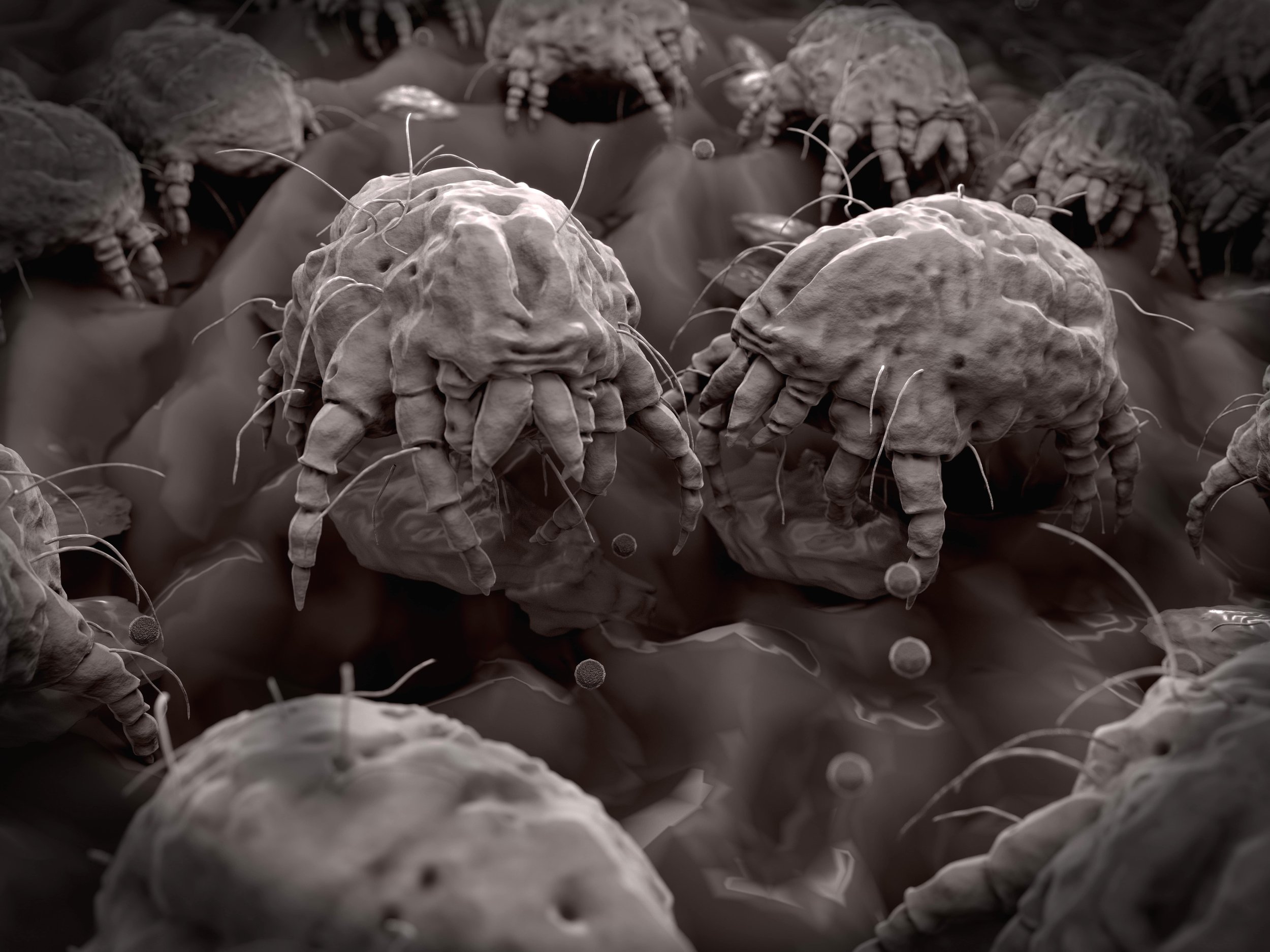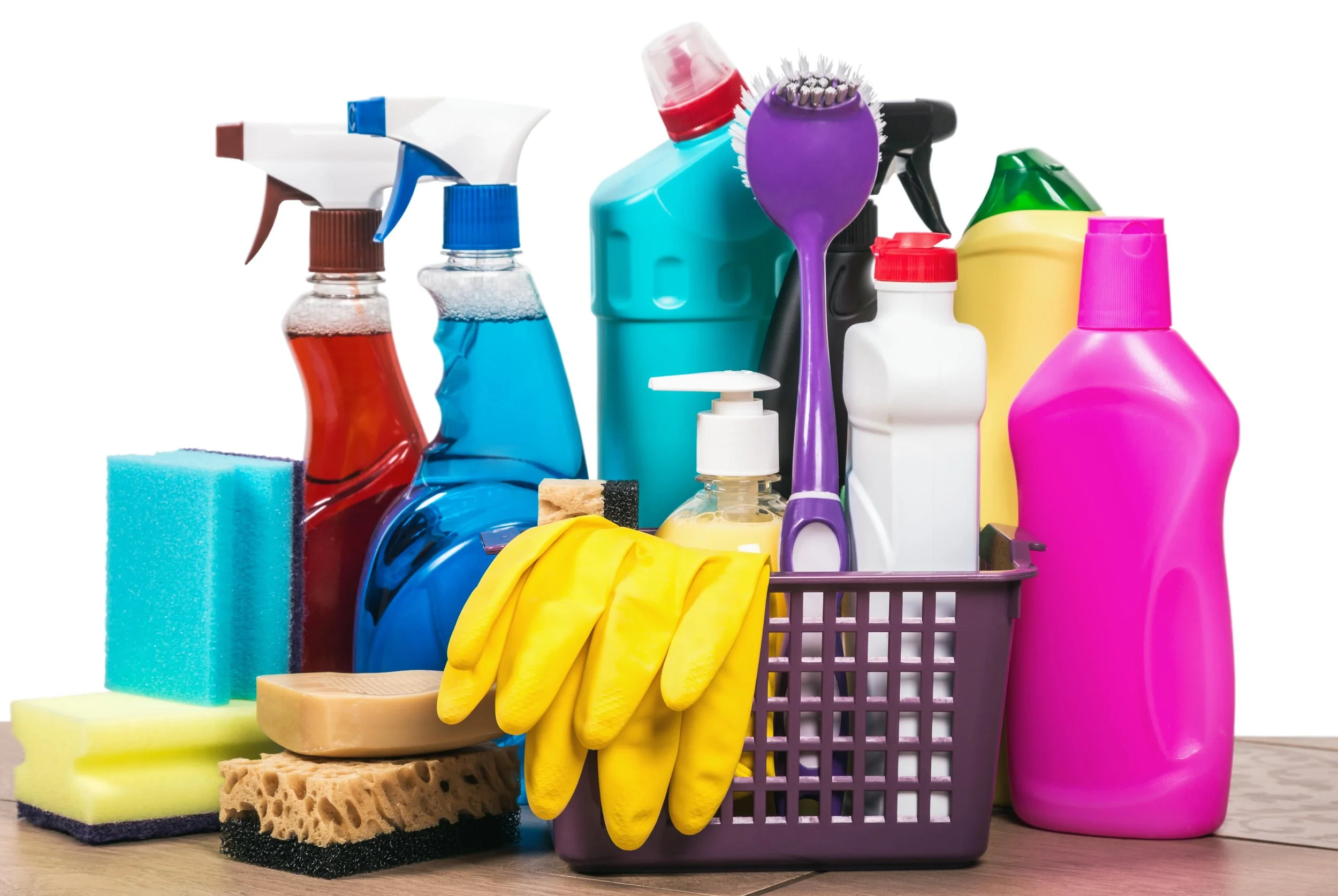
Experience Pure Clean Air
Do you know what is in the air we breathe?
You can spend your whole day in your home, school, and at work — all of which have the potential to be polluted with allergens and other harmful substances. With this in mind, it's important to take care of the air we breathe, and that's where Platinum Air Care comes in.
Viruses & Bacteria
Smoke, Cigarettes, Vapes, Marijuana Smoke, Etc.
Dust Mites & Dust Mite Fecal Matter
Airborne Chemicals & Cleaning Agents
With a simple cough or sneeze
Viruses, bacteria, colds, and COVID-19 all become airborne and spread with a simple unfiltered sneeze.
Viruses spread & multiply
Under the right environment, viruses and bacteria grow, multiply, and/or mutate into a variant.
But what causes us to cough or sneeze?

Allergens & Pollen
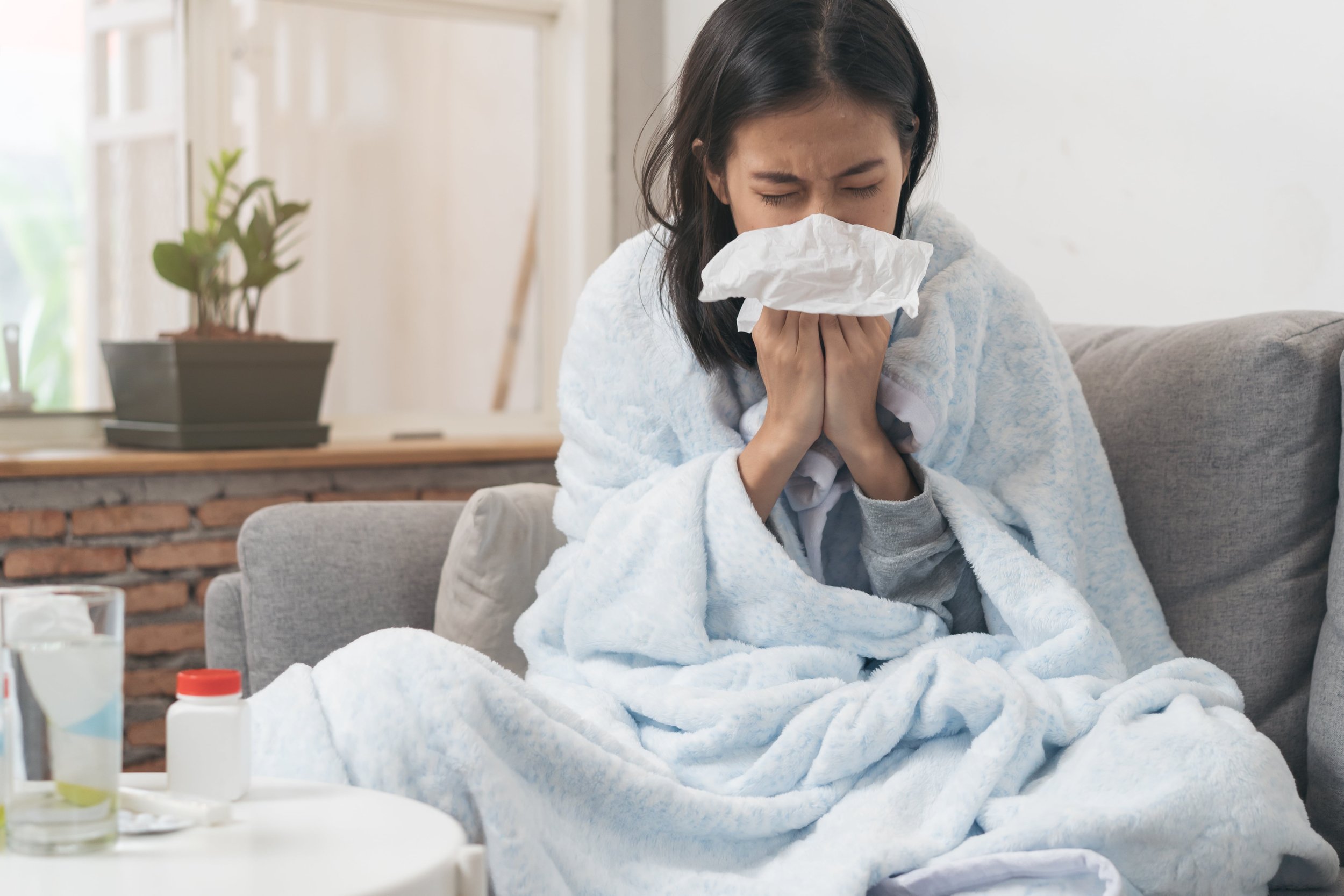
Sickness, Colds or Flu

Dust & Dustmites
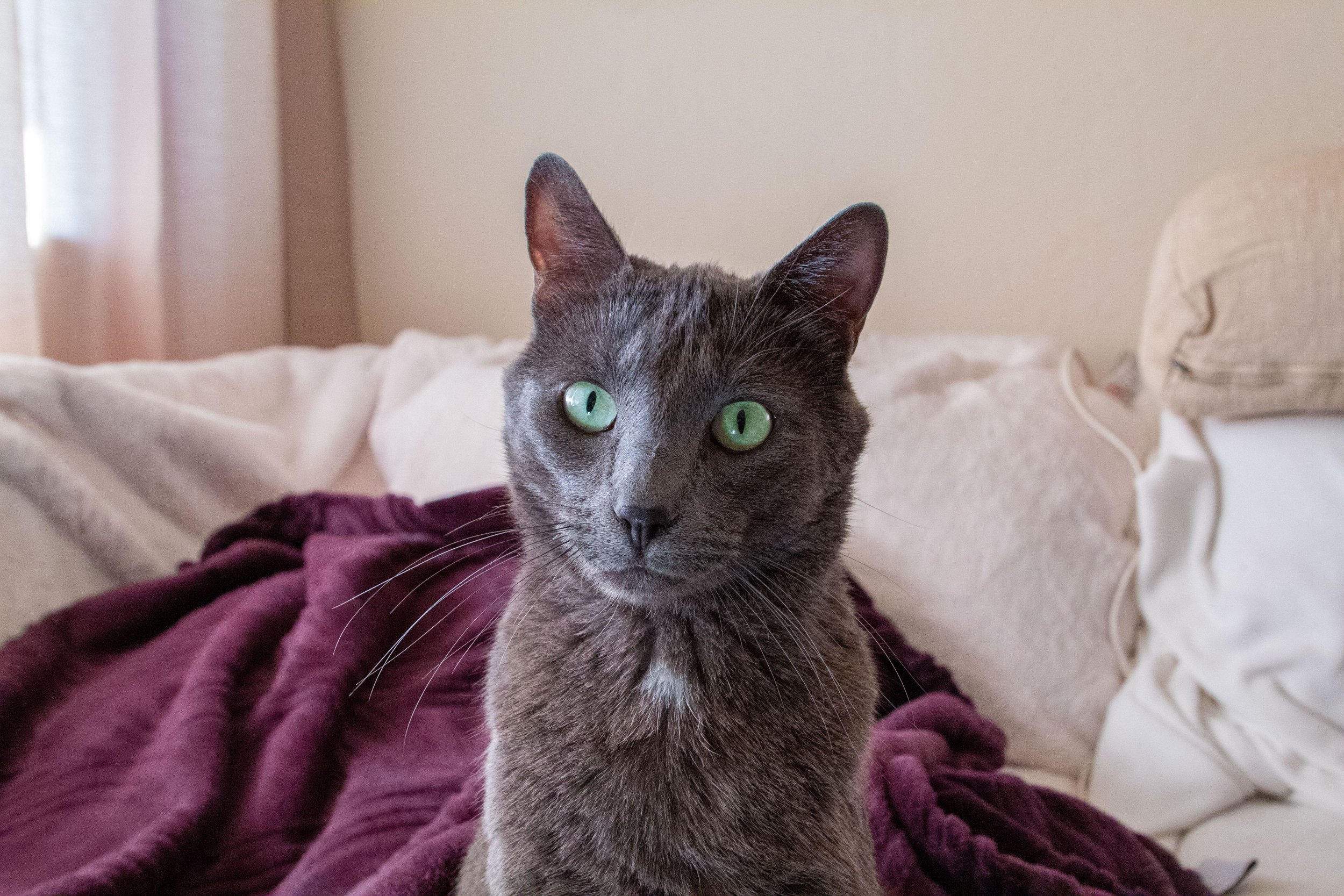
Pets, Pet Hair & Pet Dander

Platinum Air Care has the solutions for air purification
We Have Over
26
Years Of Air Purifier Experience
More Than
30000
Local Customers Served*
Helping Over
15
Types Of Industries
*In Southwestern Ontario, Canada alone
Air Purifiers (FAQ) - Frequently Asked Questions
-
An air purifier, also known as an air cleaner, is a device designed to remove, trap, and neutralize airborne particles and pollutants from indoor air. This includes dust, allergens, smoke, pet dander, mold spores, bacteria, and in some cases, viruses.
By circulating and filtering the air, air purifiers help improve indoor air quality (IAQ) — making your home or workspace healthier and more comfortable to breathe in.
-
Yes — UV light air purifiers are safe for home and office use when properly designed. In our systems, the UV-C light is enclosed inside the unit, so it does not come into direct contact with your skin or eyes.
Our UV air purifiers are certified for consumer safety and do not emit ozone or harmful byproducts. While UV-C light can be harmful with direct exposure, these systems are engineered to safely neutralize airborne viruses, bacteria, and mold spores inside the filtration chamber — without exposing people to the light itself.
-
Not all UV air purifiers produce ozone. Our MedicAir units and duct-mounted UV light systems are specifically engineered to be ozone-free and meet high safety and quality standards.
However, some low-cost or poorly designed UV-C air purifiers may emit ozone as a byproduct, which can be harmful at elevated levels. Always choose certified, ozone-free systems — like those from Platinum Air Care — to ensure safe operation in your home or business.
-
While not required, adding a UV light to your HVAC system is a highly recommended upgrade — especially for those concerned with indoor air quality, allergens, and airborne germs.
UV-C light disinfects the air passing through your system, helping to neutralize viruses, bacteria, and mold spores before they circulate throughout your home. It's a powerful, low-maintenance solution that complements filters and boosts your HVAC system’s health and cleanliness.
👉 Learn more on our Platinum Pure page
-
Yes — our high-performance air purifiers are designed to reduce or completely eliminate smoke smells and odors from a wide range of sources, including:
Tobacco smoke
Marijuana smoke
Cooking fumes and grease
Fireplace or burning smoke
Our systems use activated carbon filters and advanced HEPA filtration to trap both odor-causing particles and fine smoke particulates, improving indoor air quality and leaving your space smelling clean.
-
HEPA stands for High-Efficiency Particulate Air, and it refers to a specialized pleated air filter designed to capture 99.97% of airborne particles as small as 0.3 microns.
HEPA filters are commonly used in medical-grade air purifiers, HVAC systems, and even vacuums to trap:
Dust
Pollen
Pet dander
Mold spores
Bacteria and some viruses
Unlike standard furnace filters, true HEPA filters are certified to meet strict efficiency standards — making them ideal for allergy and asthma sufferers or anyone seeking cleaner indoor air.
-
MERV stands for Minimum Efficiency Reporting Value, and it's a rating system used to measure how effectively an air filter traps airborne particles.
The MERV scale ranges from 1 to 20:
Lower MERV ratings (1–8) capture larger particles like dust and lint
Mid-range (9–12) capture mold spores, pet dander, and fine dust
Higher MERV ratings (13–16) trap bacteria, smoke, and some viruses
MERV 17+ represents HEPA-level filtration
Choosing the right MERV rating depends on your indoor air quality needs, HVAC system compatibility, and whether you're targeting allergens, smoke, or pathogens.
-
CADR stands for Clean Air Delivery Rate, and it measures how quickly an air purifier can remove airborne particles like dust, pollen, and smoke from a room.
A higher CADR number means the air purifier is more effective at cleaning the air in a shorter amount of time. CADR ratings are typically listed in cubic feet per minute (CFM) and are tested under standardized lab conditions.
When comparing air purifiers, CADR is a helpful performance indicator — especially if you're looking to filter out smoke, allergens, or fine dust in specific room sizes.
-
Yes — high-quality air purifiers with true HEPA filters and UV-C light can help reduce airborne particles, including some that may carry viruses like SARS-CoV-2 (the virus that causes COVID-19). Systems like the MedicAir Pro Air Purifier are designed to capture or neutralize ultrafine particles.
However, it's important to note:
No air purifier can guarantee protection from infection or replace safety measures such as ventilation, physical distancing, or vaccination
Air purifiers are best used as part of a layered approach to indoor air safety
When used properly, air purification can enhance indoor air quality and reduce the concentration of airborne contaminants in homes and workplaces.
-
In most cases, you won’t see the UV-C light directly, as it is enclosed within the air purifier to ensure safety. However, in a very dark room, you may notice a dim blue or purple glow from the unit, which indicates that the UV light is functioning.
This glow is completely safe and does not expose you to direct UV radiation. All Platinum Air Care purifiers are designed to prevent UV light from escaping, meeting strict safety standards for in-home use.
-
Yes — UV-C light is highly effective at killing mold, fungi, and other microorganisms. When airborne particles such as mold spores, viruses, and bacteria pass through the UV light chamber, the UV radiation damages their DNA and RNA, rendering them inactive and unable to reproduce.
This sterilization process helps prevent the spread of airborne contaminants and supports a cleaner, healthier indoor environment — especially when combined with HEPA and carbon filtration.
-
No — a plastic-like smell from an air purifier is not normal and may indicate low-quality materials or poor manufacturing.
At Platinum Air Care, our air purifiers are built with high-grade, certified components that do not emit plastic odors or release harmful byproducts. A slight smell may occur during the initial use (off-gassing) of some materials, but it should disappear quickly. Persistent odors are usually a sign of lower-grade purifiers or potential overheating.
-
While most air purifiers can help reduce airborne allergens, a high-quality HEPA air purifier — like the MedicAir Pro — offers the best protection for allergy sufferers.
The MedicAir Pro is equipped with true HEPA filtration, activated carbon, and UV-C technology to effectively capture:
Pollen and dust mites
Pet dander and hair
Mold spores and airborne bacteria
Household odors and VOCs
For those with seasonal allergies, asthma, or indoor sensitivities, investing in a medical-grade air purifier ensures cleaner, healthier air throughout your home or workspace.
-
Yes — high-quality air purifiers can help reduce dust mites and their allergens. While air purifiers don’t directly "kill" dust mites living on surfaces, they capture airborne dust mite waste, skin flakes, and shed particles that trigger allergies and asthma.
The Platinum TrueHEPA, RPS 600S, and MedicAir Pro air purifiers are all equipped with True HEPA filters, capable of capturing particles as small as 0.3 microns, effectively removing dust mite debris from the air.
For best results, use air purification alongside regular cleaning and HEPA vacuuming to control dust mites throughout the home.
-
For best performance, place your air purifier in the room where you spend the most time, such as the bedroom, living room, or home office.
Tips for placement:
Keep it off the wall and away from corners (at least 6–12 inches)
Place it near pollution sources like pet beds, kitchens, or entryways
Avoid obstructing airflow with curtains or furniture
For multi-story homes, consider one unit per level
-
Filter replacement frequency depends on the type and usage:
Pre-filters: every 1–3 months
Carbon filters: every 3–6 months (or when odors return)
True HEPA filters: every 6–12 months
Check your air purifier’s manual or filter indicator for specific guidance. Regular filter replacement ensures optimal air purification and system longevity.
-
Yes — air purifiers with HEPA and carbon filters are highly effective for pet dander, hair, and odors. They trap microscopic allergens from cats, dogs, and other pets, while activated carbon removes urine, litter box, and pet body odors.
Our models like the MedicAir Pro and Platinum TrueHEPA are ideal for pet-friendly households.
-
Choose an air purifier rated for your room’s square footage. Look for the CADR (Clean Air Delivery Rate), which indicates how quickly the purifier can clean the air in a given space.
General guide:
Small rooms (up to 200 sq. ft.): compact purifier
Medium rooms (200–400 sq. ft.): mid-range unit
Large/open rooms (400+ sq. ft.): high-CADR or multiple units
But when it comes to the best, simple option for residential or commercial, a single MedicAir Pro handles most entire homes effectively.
-
No — air purifiers do not remove moisture from the air. They only filter out particles and gases, unlike a dehumidifier or air conditioner.
If your air feels dry, it’s likely due to winter heating or low humidity, not the air purifier itself.
-
Yes — most modern air purifiers are designed to run 24/7 safely and efficiently.
Continuous use helps maintain consistent indoor air quality by constantly removing allergens, dust, smoke, and other airborne pollutants. Make sure to replace filters as recommended for ongoing performance.
-
HEPA air purifiers use physical filters to trap 99.97% of particles down to 0.3 microns.
Ionizers release charged ions to attract particles in the air, which can stick to surfaces or collection plates.
While ionizers can reduce some pollutants, they may emit ozone as a byproduct — which can irritate the lungs. True HEPA filters are safer, more effective, and recommended for allergy and asthma sufferers.
-
Yes — air purifiers are safe for babies, toddlers, and children, especially models that are ozone-free and use HEPA filtration such as the MedicAir Pro.
They help remove:
Dust and allergens
Pet dander
Mold spores and bacteria
Household odors
For nurseries or children’s rooms, choose a quiet, certified purifier that’s free of harmful emissions.
-
Yes — air purifiers with HEPA + activated carbon filters are effective at removing fine smoke particles and harmful VOCs released during wildfires.
Look for:
High CADR rating for smoke
Tightly sealed HEPA filters
Carbon filter to absorb odors and gases
Running your air purifier continuously during wildfire season can significantly improve indoor air quality and reduce respiratory irritation.


